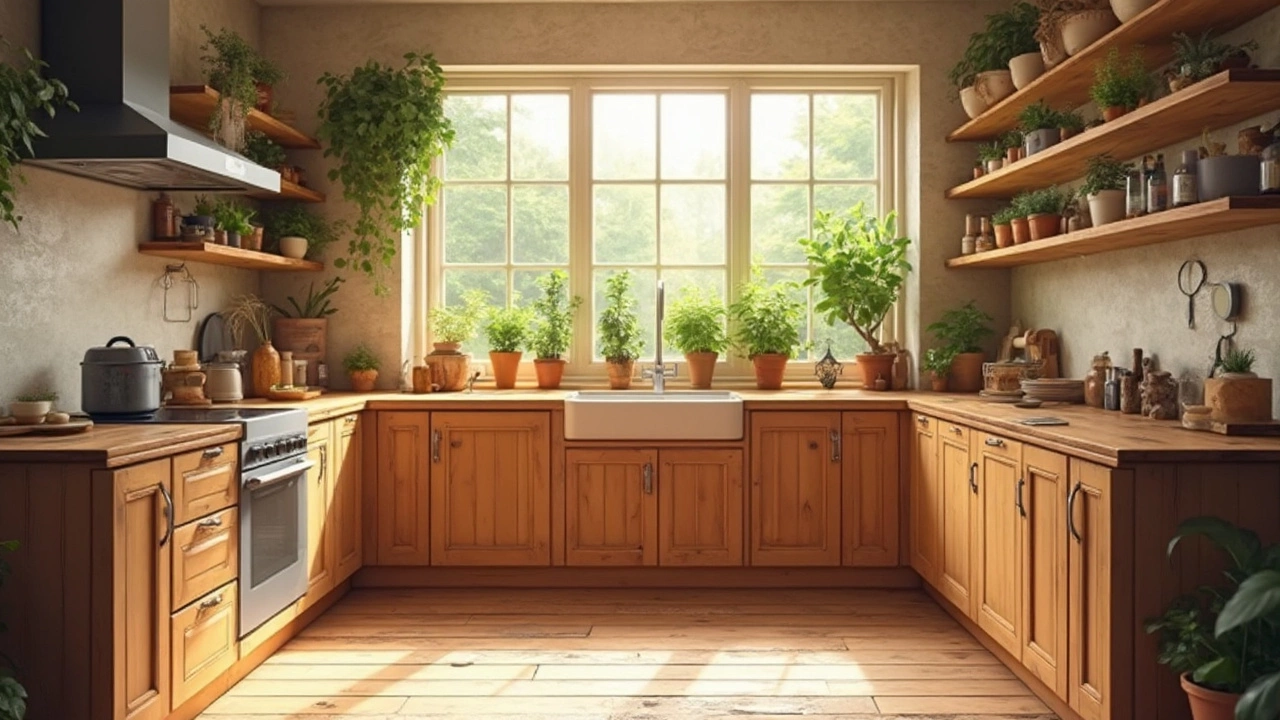Eco‑Friendly Homes – What You Need to Know for a Greener House
Thinking about making your home kinder to the planet? You’re not alone. More people want houses that cut carbon, save money, and feel good to live in. Below you’ll find straight‑forward advice on the biggest hurdles, the best materials, and simple steps you can start today.
Planning Rules and Cost Realities in 2025
The UK government rolled out the Future Homes Standard in 2025. That means new builds must reach higher energy‑efficiency targets. If you’re planning a new build or a major extension, expect to submit paperwork that proves you’ll meet the new heat‑pump and insulation standards. The rules add a bit of paperwork, but they also push the market toward cheaper, greener tech.
Cost is a common worry. A solid green upgrade usually costs a bit more upfront – think better insulation, triple‑glazed windows, or a ground‑source heat pump. However, most owners see the extra expense paid back in lower bills within 5‑7 years. Use a simple spreadsheet: add the extra upfront cost, then subtract the annual energy savings you expect. If the number turns positive within a decade, the investment makes sense.
Choosing the Right Eco‑Friendly Building Materials
Not all “green” labels are equal. Below are three materials that consistently score high for low carbon footprints and durability:
- Timber from certified forests – It stores carbon and works well for frames and floors.
- Hempcrete – A mix of hemp shives, lime, and water. It’s lightweight, breathable, and performs well for insulation.
- Recycled brick or reclaimed stone – Gives a solid look while reusing existing resources.
Avoid materials that release a lot of CO₂ when produced, like standard concrete, glossy plastic cladding, or non‑recyclable insulation foam. If you see “cheap cheap cheap” in a product description, it’s worth double‑checking the environmental impact.
When you’re on a budget, combine a few green choices with clever design. For example, a timber frame with recycled brick infill can keep costs down while still meeting sustainability goals.
Finally, think about the whole life of the material. Can it be recycled at the end of the house’s life? Will it need frequent replacement? Materials that last longer reduce waste and lower long‑term costs.
Putting these ideas together isn’t hard. Start with a simple checklist: check planning requirements, estimate extra costs, pick at least two low‑impact materials, and ask your builder how they plan to recycle waste on site. With that plan, you’ll be on the path to a truly eco‑friendly home without getting lost in jargon.
Eco-Friendly Homes: Building a Sustainable Future
Discover how to make your home eco-friendly and sustainable with practical tips on choosing materials, saving energy, and living green. Learn about renewable energy solutions, sustainable building practices, and how to incorporate nature into your living space. Explore the latest trends in eco-friendly home designs and understand the environmental benefits of going green. Get inspired to transform your living environment into a model of sustainability and gain insights into reducing your carbon footprint. Start your journey to create a more environmentally friendly home today.
